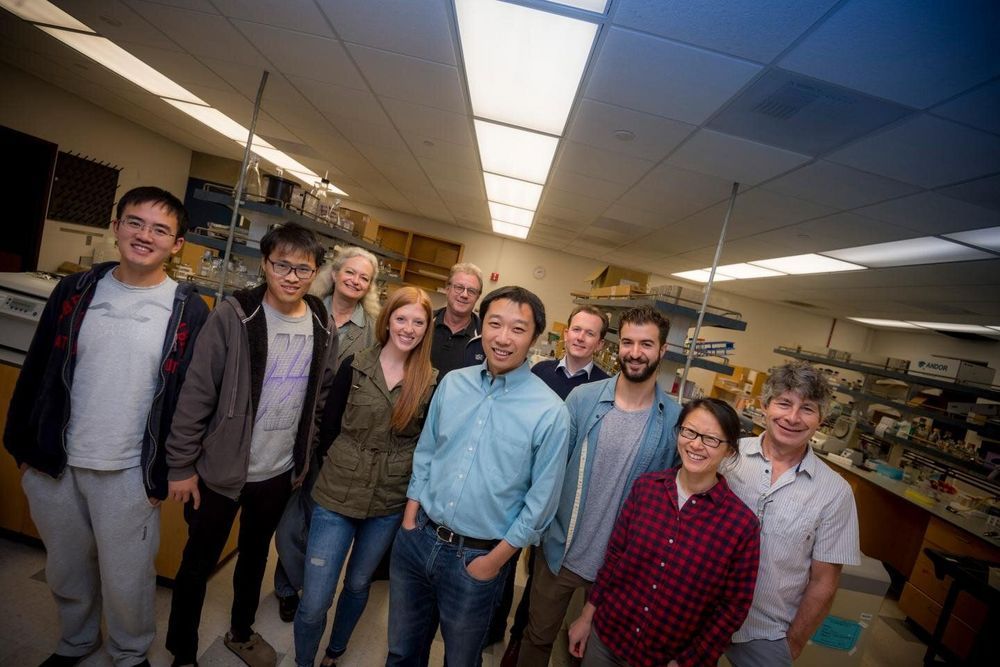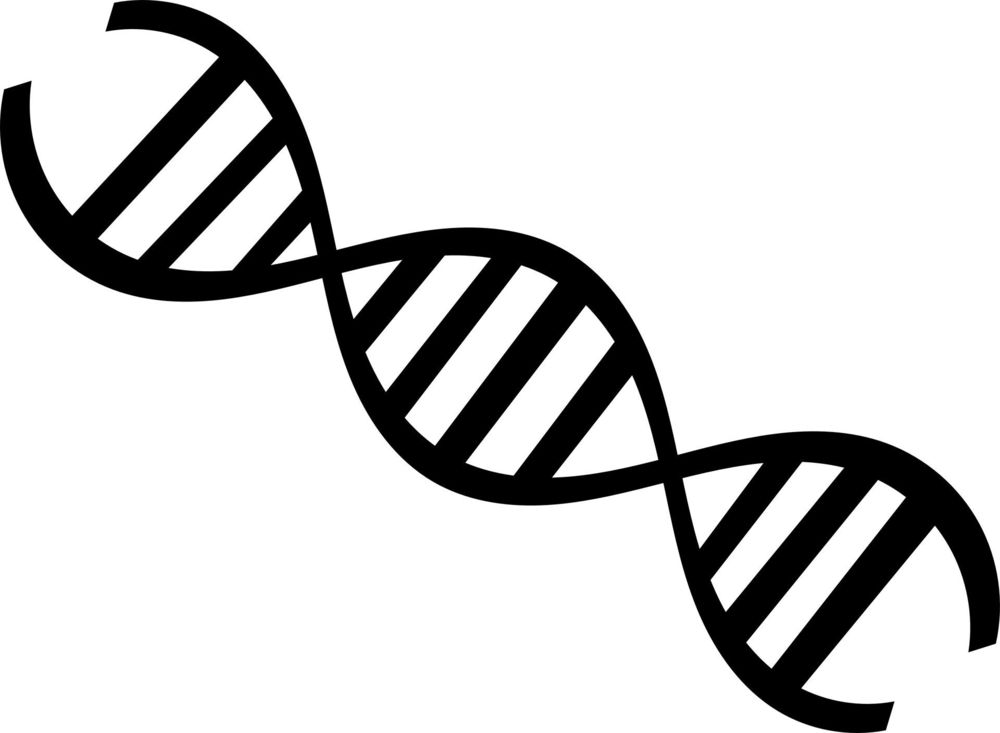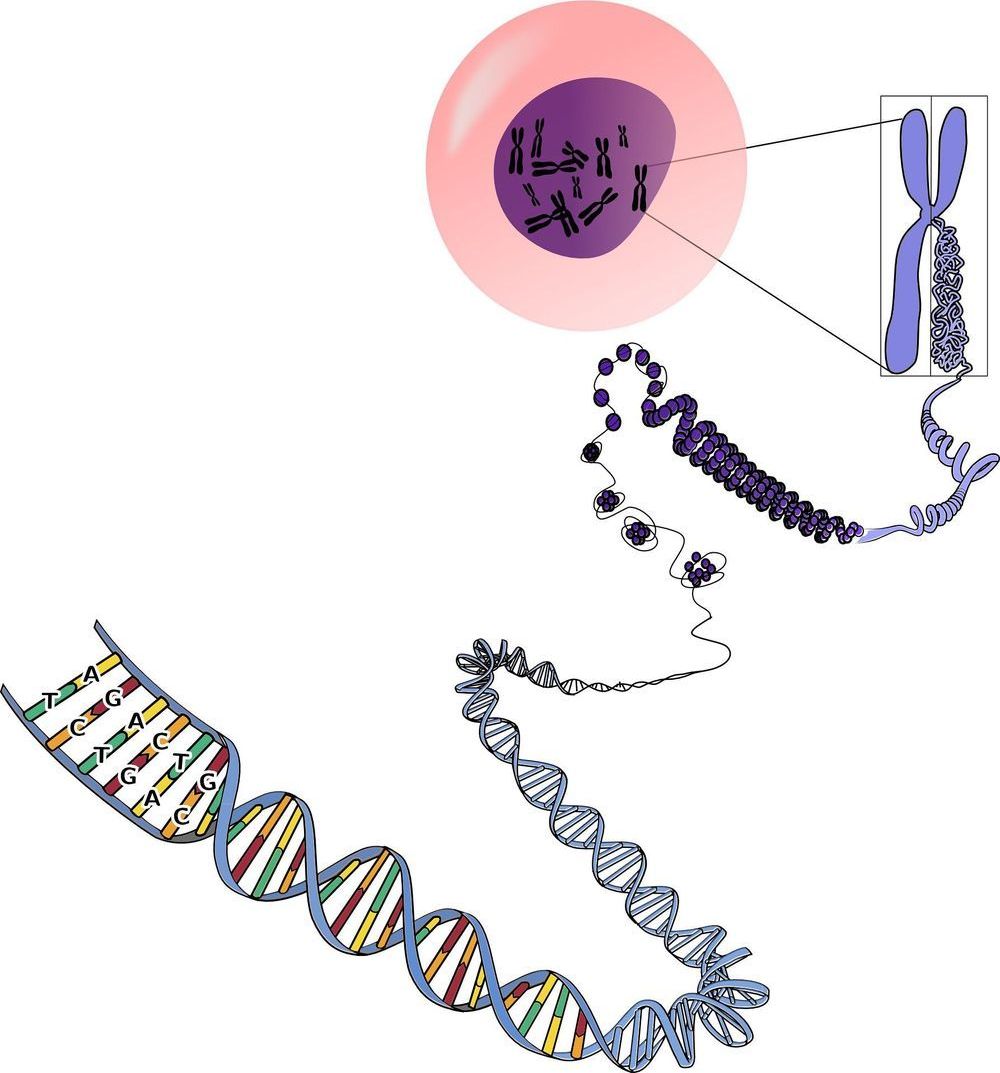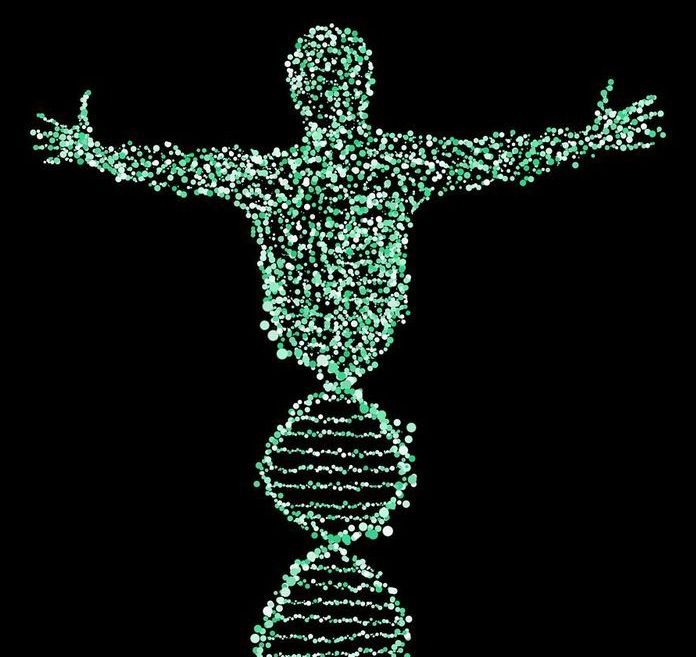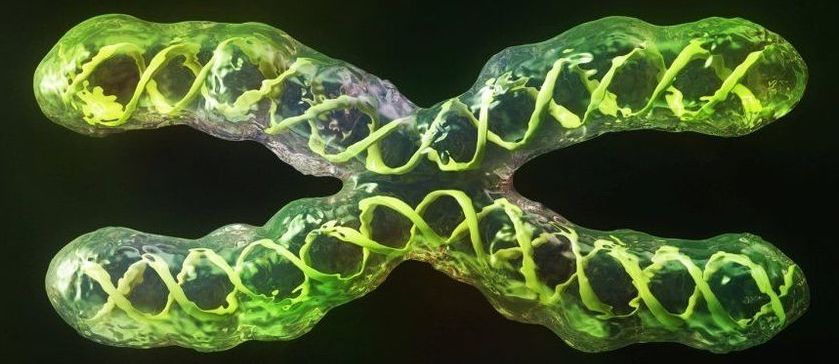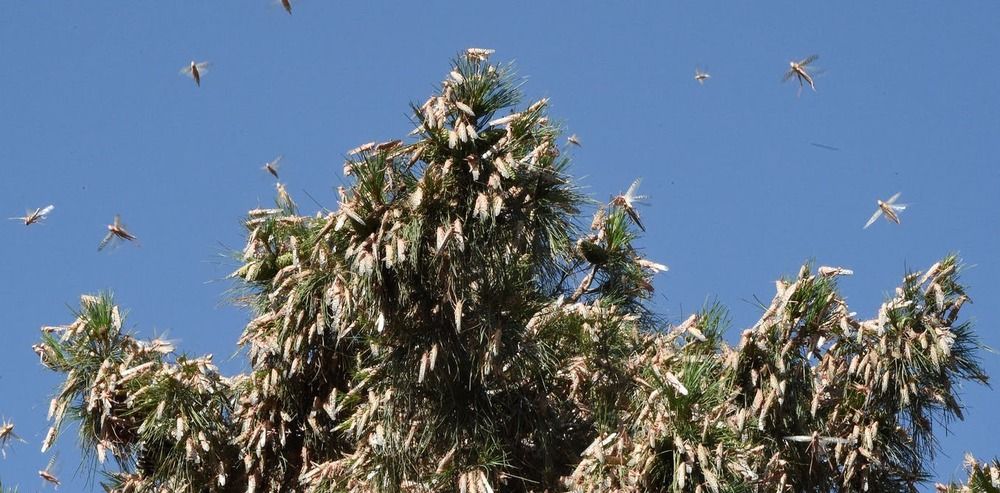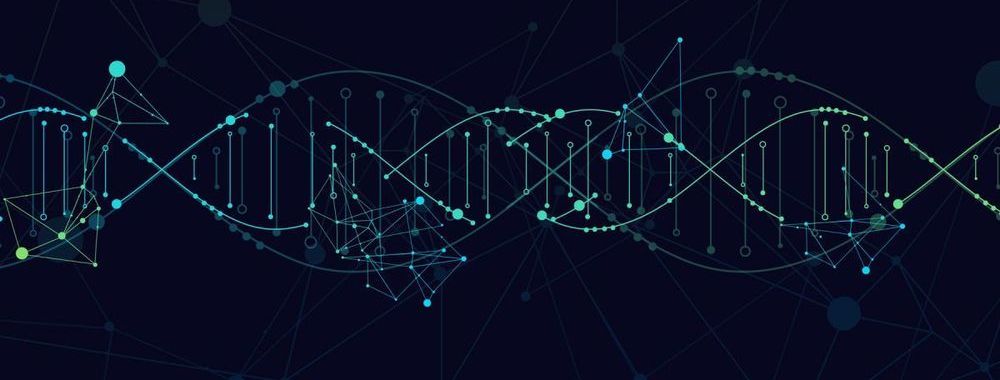Jul 17, 2020
Researchers discover 2 paths of aging and new insights on promoting healthspan
Posted by Kevin Huang in categories: bioengineering, biotech/medical, genetics, life extension
Aging/longevity link!
Molecular biologists and bioengineers at the University of California San Diego have unraveled key mechanisms behind the mysteries of aging. They isolated two distinct paths that cells travel during aging and engineered a new way to genetically program these processes to extend lifespan.
The research is described July 17 in the journal Science.
Continue reading “Researchers discover 2 paths of aging and new insights on promoting healthspan” »
